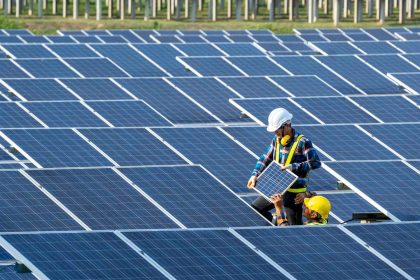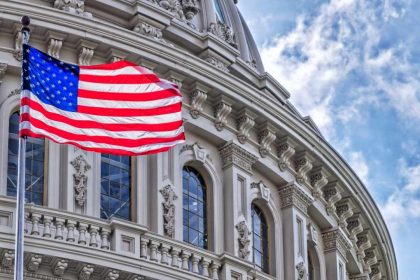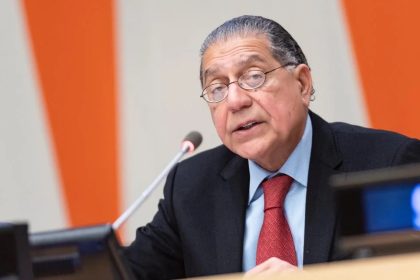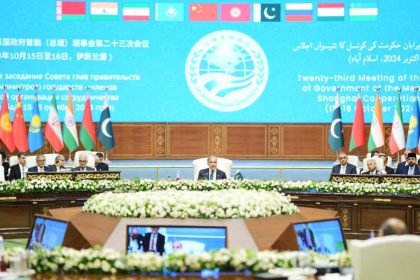Pakistan’s struggling economy may finally be coming to a rest as economic indicators forecast stability during the ongoing year, hinting at much-needed relief for the people who are already burdened by high inflation and exorbitant living costs.
The economy went on a turbulent ride following the ouster of the Pakistan Tehreek-e-Insaf (PTI)-led coalition government. Its successor, the Pakistan Democratic Movement (PDM) – an alliance of erstwhile opposition parties – took the reins with the promise of controlling high inflation and restoring economic stability. However, while the PDM was able to avert sovereign default, it could only provide so much relief to the masses.
When the incumbent government took charge, it did so with the aim of pursuing economic stability amid tumultuous times. Subsequently, after surging to record levels, CPI inflation came down during the past few months, thus signaling that certain measures were finally bearing fruit.
As per the Finance Ministry, the real and agriculture sectors did better than others during the past month and performed even beyond expectations. Similarly, the monthly economic update predicts a boom in large-scale manufacturing in the country. The monthly report also found that inflation also came down to single digits.
Moreover, the import control policy, alongside other financial initiatives, led to improvement in the external account. What further improved this position was the slight increase in Pakistan’s exports during the past month. Foreign Direct Investment (FDI) in Pakistan was recorded at $1.9 billion, which is an increase of more than 16.9 percent from 2023. Pakistan’s liquid foreign reserves and those held by the State Bank of Pakistan (SBP), were recorded at $14.7 billion and $9.4 billion, respectively. The Finance Ministry anticipates exports to stay within the limits of $2.4 billion to $2.7 billion, whereas the imports are expected to stay within the range of $4.5 billion to $4.9 billion.
Recently, the central bank also revised the policy rate, slashing it by 100 basis points. Currently, it stands at 19.5 percent, which is the lowest figure in the past 16 months. While announcing its decision to cut the figure, the Monetary Policy Committee (MPC) disclosed that they expected inflation to stay within the range of 11.5 percent to 13.5 percent. It is worth noting here that the central bank had previously brought the policy rate down from 22 percent to 20.5 percent.
CCC+ rating
Fitch, the global credit rating agency, has also upgraded the country’ long-term foreign-currency issuer default rating (IDR) to CCC+. Previously, Pakistan was given a CCC rating, which signaled that the country had a high risk of default. However, the government worked with the International Monetary Fund (IMF) to reduce its fiscal deficits and enhance its foreign reserves. Recently, the Staff-Level Agreement (SLA) was reached between the government and IMF for a $7 billion Extended Fund Facility (EFF), which further adds confidence to Pakistan’s ability to fulfil its external obligations. However, the rating agency has cautioned that if Pakistan fails to implement “challenging reforms”, it may find itself in a vulnerable spot again.
While the improvement of credit rating is a positive development, Finance Minister Muhammad Aurangzeb believes that Pakistan needs a rating of at least B- to reach the International Capital Markets. While speaking to the banking sector on Tuesday, he acknowledged the challenges but expressed confidence that the government would be able to manage the situation in the aftermath of the IMF’s approval. He also called for initiatives to support the sectors that hold the potential for steering the country’s economy towards growth, namely the agriculture and the information technology sectors.
















